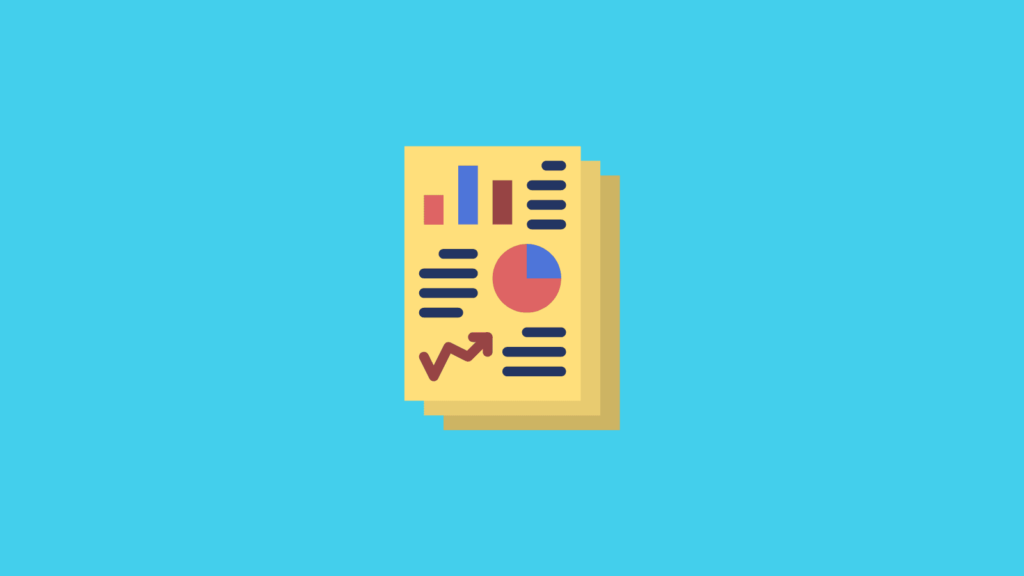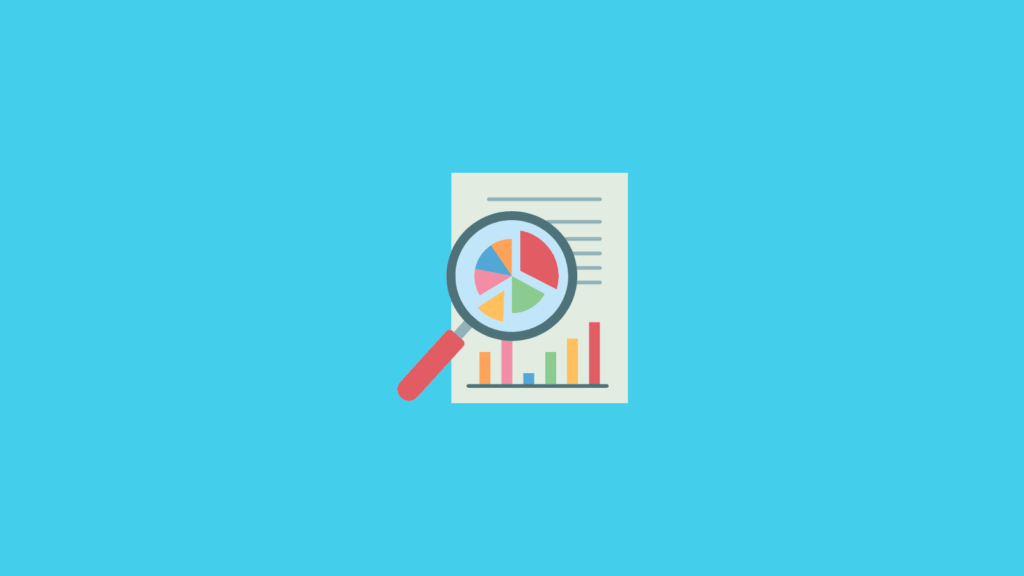Introduction to Power BI Paginated Report Builder: Features and Benefits

Power BI has firmly established itself as a prominent solution in the field of contemporary business intelligence and data visualization, helping businesses to transform raw data into useful insights.
Power BI’s capacity to produce numerous report kinds to meet varied business demands is one of its most alluring features.
Paginated reports with Power BI Report Builder have become quite popular because of its capacity to generate structured, print-ready reports with accuracy and sophistication.
We’ll go out on an investigation today to learn the subtleties of paginated reports using Power BI Report Builder, revealing its features and advantages that make it a potent tool for data reporting.
Chapters
What are Paginated Reports with Power BI Report Builder?

Power BI Paginated Report Builder is fundamentally a specialized tool that simplifies the production of paginated reports. Paginated reports, in contrast to interactive Power BI reports, are intended for situations when accurate formatting, intricate layouts, and thorough design are crucial. They are made to fulfill the demands of conventional reporting, including financial statements, invoices, and operational reports, which call for pixel-perfect display and the capacity to print or export as PDFs.
Users can craft paginated reports with Power BI Report Builder that are structured and adhere to strict design requirements. The tool allows you to define report layouts with utmost precision, offering a balance between aesthetic appeal and functional insights.
Key Features of Paginated Reports with Power BI Report Builder

1. Formatting that is pixel-perfect:
The ability to generate pixel-perfect formatting makes Paginated report builder in Power BI stand out. This implies that regardless of the platform used to read the report, the elements inside it—whether they be tables, charts, or text boxes—will maintain their layout integrity. You can be sure that the formatting will stay constant whether you print the report or export it as a PDF.
2. Connectivity for Advanced Data:
Databases, online services, and other data platforms are all easily integrated with the paginated BI Report Builder. This guarantees that the information supporting your reports is always current and correct. You are given the ability to build reports that are not only aesthetically pleasing but also supported with precise insights thanks to the tool’s comprehensive data connection choices.
3. Parameterization for Customization:
Another useful feature of the Power BI Paginated Report Builder is the ability to create parameterized reports. You can alter the output of the report using parameters based on your requirements. This eliminates the need for several copies of the same report by allowing you to construct a single report template that can be modified to accommodate various departments, teams, or people.
4. Rich Export Options:
One important advantage is the flexibility of exporting your paginated reports. The Power BI Paginated Report Builder may let you distribute the report in any format, including PDF, Excel sheet, Word document, and others. With so many export choices available, you may share and disseminate your insights throughout your company in the manner that best meets the needs of your stakeholders.
Benefits of Using Paginated Reports with Power BI Report Builder

Professional Reporting:
Paginated reports with Power BI Report Builder perform exceptionally well in situations when professionalism and accuracy are essential. These reports are appropriate for sectors like banking, healthcare, and law where pixel-precise layout, compliance, and uniformity are non-negotiable requirements.
Organized Insights:
By presenting insights in an organized way through paginated reports, you may make it simpler for decision-makers to comprehend and analyze data. This is particularly crucial for complicated data sets or when executive or stakeholder reports need to convey essential information.
Effectiveness and Reliability:
You may design a standardized reporting framework that simplifies the procedure by using parameterized reports and reusable report sections. This not only saves time, but also guarantees that your reports keep a unified aesthetic throughout the company.
Improved Collaboration:
Using the Power BI Paginated Report Builder, teams can work together. You can make sure that stakeholders have access to the insights they need without needing direct access to the Power BI platform by building reports that are simple to export and distribute.
Complementary to Interactive Reports:
While Power BI’s dynamic reports are great for on-screen data exploration, paginated reports are a nice complement since they cater to the particular requirements of conventional reporting. This interplay guarantees that both your interactive and paginated reports contribute to an all-encompassing data-driven decision-making process.
Power BI keeps redefining how businesses perceive and use their data in the dynamic world of business intelligence. The addition of paginated reports with Power BI Report Builder expands the platform’s functionality by giving users a specialized tool for creating well-organized reports. This application is designed for situations where traditional reporting formats are essential and includes capabilities like pixel-perfect formatting, sophisticated data connection, parameterization, and extensive export choices.
Paginated reports with Power BI Report Builder provide you the ability to effectively convey insights whether you’re making financial statements that need flawless design, producing invoices with unique criteria, or presenting operational data in an organized way. This product is a testament to Power BI’s dedication to providing adaptable solutions that meet the various demands of contemporary organizations as the field of data reporting develops.
FAQ
What is Power BI?
Power BI is a business analytics service provided by Microsoft. It offers interactive visualizations and business intelligence capabilities with an interface simple enough for end users to create their own reports and dashboards.
What Are the Key Features of Power BI?
Key features include data visualization, data warehousing, dashboard sharing, ad-hoc report generation, and integration with various data sources.
How Does Power BI Help in Data Analysis?
Power BI helps in data analysis by transforming raw data into meaningful insights through rich visualizations, allowing users to create interactive reports and dashboards easily.
Is Power BI Suitable for Small Businesses?
Yes, Power BI is suitable for small businesses due to its scalability, ease of use, and cost-effectiveness, making it accessible for businesses of all sizes.
What Types of Data Sources Can Power BI Connect To?
Power BI can connect to a wide range of data sources, including Excel spreadsheets, cloud-based data, streaming data, and databases like SQL Server.
How Secure is Data in Power BI?
Power BI ensures data security through features like data encryption, audit logs, compliance certifications, and strict access controls.
Can Power BI Be Integrated with Other Microsoft Products?
Yes, Power BI seamlessly integrates with other Microsoft products like Azure, SQL Server, and Office 365, enhancing productivity and data consistency.
What Are the Differences Between Power BI Desktop and Power BI Service?
Power BI Desktop is a free application for PCs used to create reports and data models, while Power BI Service is a cloud-based service for sharing, viewing, and collaborating on Power BI reports.
How Does Power BI Handle Real-Time Data?
Power BI handles real-time data through streaming datasets, allowing users to create real-time dashboards with up-to-the-minute data.
Can Non-Technical Users Easily Learn and Use Power BI?
Power BI is designed with a user-friendly interface, making it accessible for non-technical users to perform complex data analysis with minimal training.
What Types of Visualizations Are Available in Power BI?
Power BI offers a wide range of visualization types, including bar charts, line charts, pie charts, maps, and more advanced visuals like heat maps and custom visuals created by the community.
How Does Power BI Facilitate Collaboration Among Teams?
Power BI facilitates collaboration through its cloud service, enabling teams to share dashboards and reports, collaborate in real-time, and make data-driven decisions together.
Can Power BI Handle Large Amounts of Data?
Yes, Power BI is capable of handling large volumes of data efficiently, leveraging both in-memory processing and cloud-based services for high-performance analytics.
What Is Power BI Premium and How Is It Different From Power BI Pro?
Power BI Premium provides dedicated cloud resources for more frequent data refreshes, larger dataset sizes, and advanced analytics capabilities, intended for larger enterprises compared to Power BI Pro.
How Can Businesses Customize Reports in Power BI?
Businesses can customize reports in Power BI by using the drag-and-drop functionality to create bespoke visuals, applying filters and slicers, and using custom fields and formulas.
Is Training Available for Power BI Users?
Microsoft and various other providers offer training for Power BI, ranging from beginner guides to advanced courses, available online and in-person.
How Does Power BI Integrate with External Services and Tools?
Power BI integrates with a range of external services and tools via connectors, enabling users to pull data from various sources like Google Analytics, Salesforce, and many others.
What Are the System Requirements for Running Power BI Desktop?
System requirements for Power BI Desktop include Windows 10, at least 1 GB RAM (1.5 GB or more recommended), and a dual-core processor.
Can Power BI Be Used to Create Interactive Reports?
Yes, Power BI specializes in creating interactive reports where users can drill down into data, apply filters, and explore data visually.
What Support Options Are Available for Power BI Users?
Support options include Microsoft’s support team, community forums, extensive online documentation, and various user groups and communities that share best practices.
How Does Power BI Support Mobile Users?
Power BI offers mobile apps for iOS and Android, allowing users to access and interact with their reports and dashboards on mobile devices.
Can Power BI Connect to On-Premises Data Sources?
Yes, Power BI can connect to on-premises data sources using the Power BI Gateway, which facilitates secure data transfer between on-site databases and the Power BI service.
How Often Can Data Be Refreshed in Power BI?
The frequency of data refresh in Power BI depends on the version: Power BI Pro allows daily refreshes, while Power BI Premium offers up to 48 refreshes per day.
What Is DAX in Power BI and What Is Its Significance?
DAX (Data Analysis Expressions) is a formula language used in Power BI for creating custom calculations and data models. It’s essential for advanced data manipulation and analysis.
How User-Friendly Is the Interface of Power BI for Beginners?
Power BI has a relatively user-friendly interface that beginners can navigate, especially those familiar with other Microsoft products, though advanced features may require a learning curve.
Can Power BI Reports Be Embedded in Other Applications?
Yes, Power BI reports can be embedded in other applications and websites, enabling seamless integration of interactive data visualizations in different digital environments.
What Is Power BI Report Server and Who Can Use It?
Power BI Report Server is an on-premises report server where Power BI reports can be published and managed, intended for businesses that require on-site report hosting.
How Does Power BI Ensure Compliance with Data Regulations?
Power BI adheres to global compliance standards, including GDPR, and offers features like sensitivity labeling, data loss prevention, and audit logs to ensure compliance.
Can Power BI be Used for Predictive Analytics?
Power BI can be used for predictive analytics by leveraging its integration with Azure Machine Learning, and using its data modeling and visualization tools to forecast trends.
What Scalability Options Does Power BI Offer for Growing Businesses?
Power BI offers scalability through its various service plans like Pro and Premium, which cater to different organizational sizes and data needs, ensuring businesses can scale up their data analytics capabilities as they grow.
Improve your Marketing with the Power of AI
See how you can start with AI Marketing and reach your goals faster than ever before. Check out the Tips, Strategies, AI Tools, Masterclass, Courses, and Community. Unleash the true potential of your brand with the help of AI.